Overlanding Gear: A Vanlifer’s Ultimate Checklist
Overland adventures can last for months or years at a time, so packing the correct overlanding gear is crucial. The last thing you want is to break down in the middle of nowhere and have no resources to resolve the situation.
As every person is different, the items that could be included in your overlanding equipment are endless. However, we’ve created a packing list of the most essential pieces of kit you’ll need to get out on the road and begin your overlanding journey.
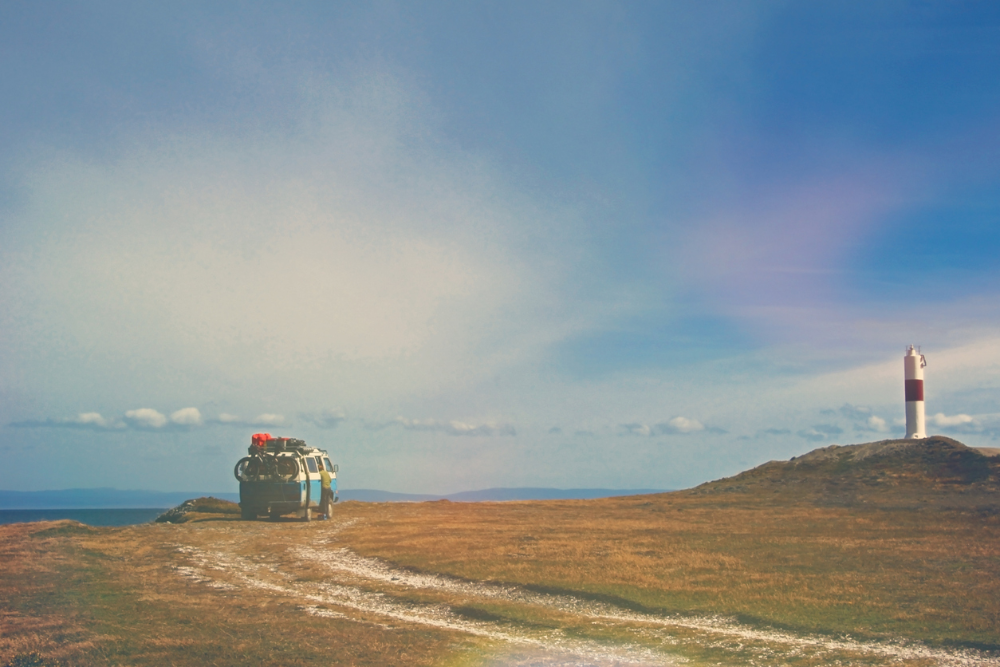
Comfort and Camping
Overlanding isn’t just a road trip; it’s a lifestyle. You’re spending long periods of time on the road, and you deserve to be comfortable while doing so. And whether you’ve opted for camping in a tent or in the back of an RV, there is nothing better than getting in a nice, cozy bed after a long day of adventuring.
That’s why bedding, mattresses, and chairs are items you may want to shop for before you trip.
Sleeping bags are the preferred bedding for overlanding since they can easily be rolled up and stored in a dedicated carry bag. You can even get double sleeping bags that’ll fit the entire family.
Along with sleeping bags, many overlanders choose to pack an inflatable or memory foam mattress. Comfort is vital, after all.
If you’ve ever been camping before, then you’ve most definitely sat on a camping chair. Not only are they good to relax in, but they also double up as a dining area and a workspace.
Sleeping Accommodations
If you haven’t got a dedicated sleeping area in your vehicle, you’ll need a tent. Tents come in a range of shapes and sizes; you can even turn the back of your truck into a tent with a specialized truck tent.
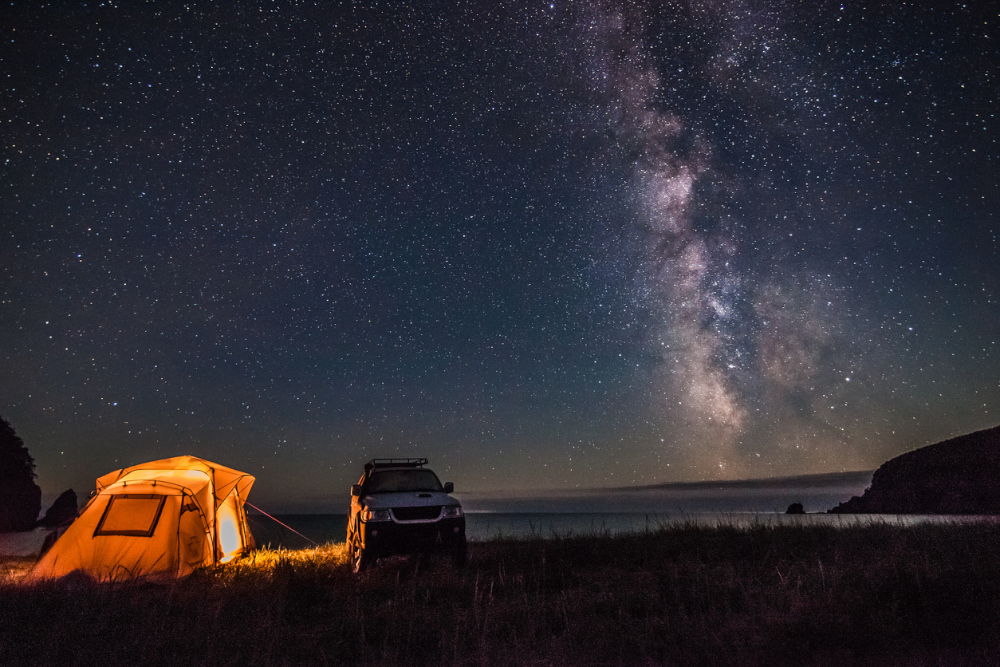
Communication and Navigation
The beauty of overlanding is that it can take you to all sorts of places. You could be driving through populated cities or quite literally in the middle of nowhere, so having tools for navigation and communication is vital. This is especially true when cellular signal is hard to find.

These days, many people rely on their phones for maps.
But if you’ve ever traveled in areas without dedicated roads, you’ll know how unreliable phone maps are. When you’re disoriented and your trusted Google Maps app isn’t loading, the last thing you want to do is wait forever for a new window to load on some external website, just so you can find your bearings.
If all you have is a mobile device, choosing and buying a quality GPS should be your priority before any overland adventure. These systems link to the satellites in space and display your exact location no matter where you are in the world.
Nowadays, GPS devices come in all sorts of shapes and sizes. You can opt for a touchscreen GPS; or, if you prefer a more rugged feel, then arrow keys you can click, along with a physical keyboard and space key, may be the better option.
Even modern electronics can stop working at the most inopportune moment due to defects and dead batteries. That’s why we’d still recommend packing along a physical map of your surroundings and brushing up on your compass navigation skills.
If you never have to resort to using a map and compass, at least you’ll have a full-page map at your disposal – a welcome break from working with a tiny screen.
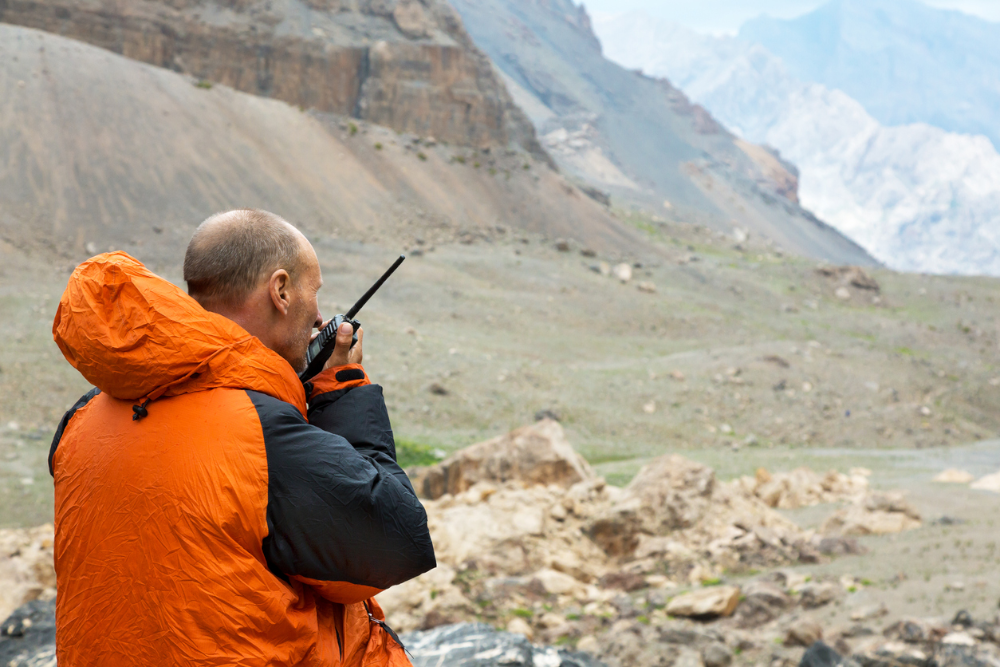
Along with a GPS, you should always pack a satellite phone. If you lose your signal and get into trouble, you’ll have no way to call for help without a backup phone that doesn’t rely on cell towers.
A satellite phone gets its data straight from the satellites in space, allowing you to make a call or send out texts in areas where your regular phone cannot.
Power Source
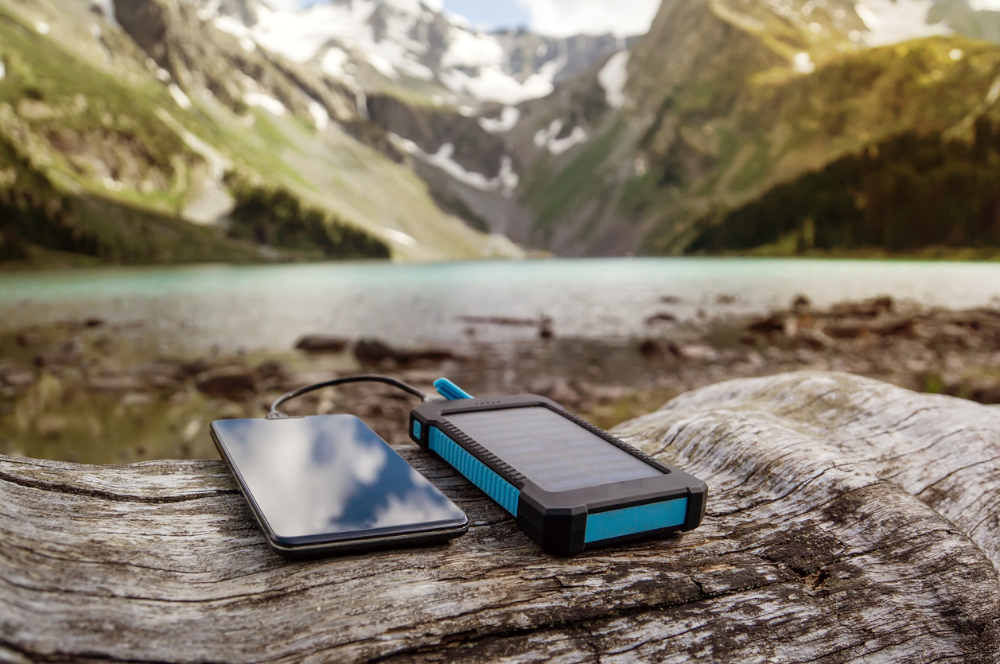
The most environmentally friendly way to power your gadgets on an overlanding journey is by using a solar panel charger. Not only does it provide electricity without burning through gas or your vehicle’s battery, but it also saves you money in the long run.
Cooking Equipment
Whether you’ve just hiked through the Sierra Nevada mountains or driven a 6-hour stint, you’ll want to reenergize with some food.
Remember, you may be cooking up to 3 meals a day from your vehicle, so packing high-quality cooking equipment will make all the difference at mealtime.
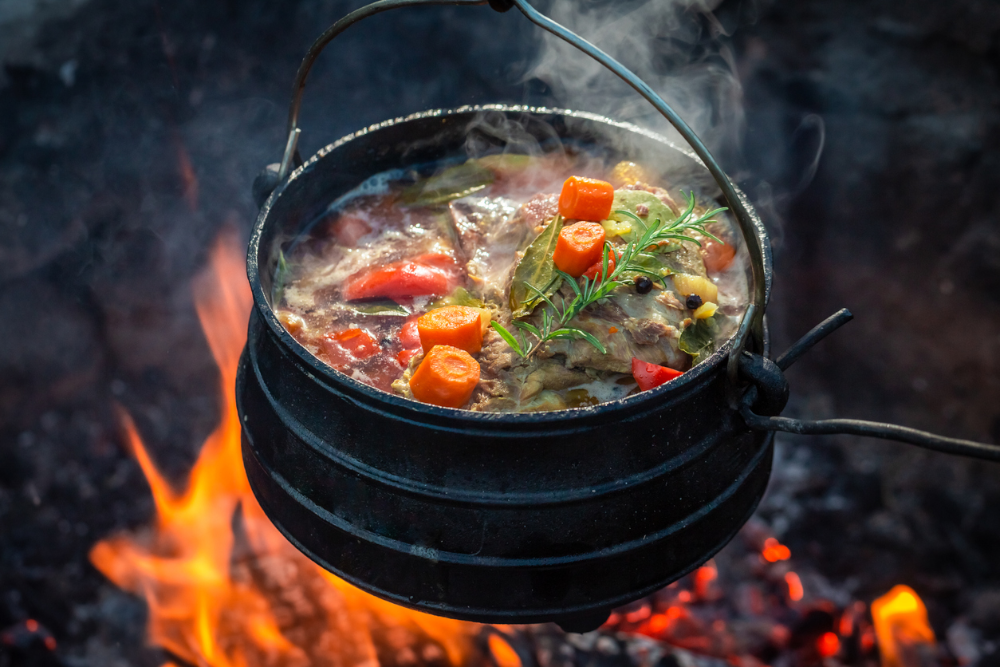
Plates and Cookware
At first, paper plates and plastic cutlery seem like the wisest choice as they eliminate the need to wash dishes.
But, over time, the cost of replacing these items adds up, and so does their impact on the environment. Durable plastic dinner sets come with all the cups, plates, bowls, and cutlery you could need for all your meals.
Pots and Pans
To cook hot meals, you’ll need a pot or a pan.
Many people make the mistake of packing more pots and pans than they’d need on a trip, unnecessarily adding tremendous weight and volume to the size of their luggage. In our opinion, you should only take one of each.
Even better, purchase a mess kit that has both a pot and a pan in one.
Stove

You can’t cook without a fire, and unless you’re going to collect sticks and start one for each and every meal, or your RV comes with a kitchen, you’ll need a camping stove.
Camping stoves come in a singular or double burner variety, so that choice is completely up to you. Check out our recommendations for the best campervan cookers for a start.
Food Storage
Unless you have space for a fridge, you’ll need a cooler to store perishable items, like meat and vegetables.
Soft collapsible coolers are great if you have limited space; alternatively, you could opt for a hard-shell cooler.

Water Source and Storage
If you’re driving through remote areas, then fresh, clean water may be hard to come by. A water filter, however, can filter the water from any pond or river to give you fresh drinking water in a matter of seconds.
For complete peace of mind, you may want to invest in some water purification tablets.
Finally, you’ll need a place to store your potable water. From jerry cans to multi-functional water coolers, there are plenty of options for you to consider.
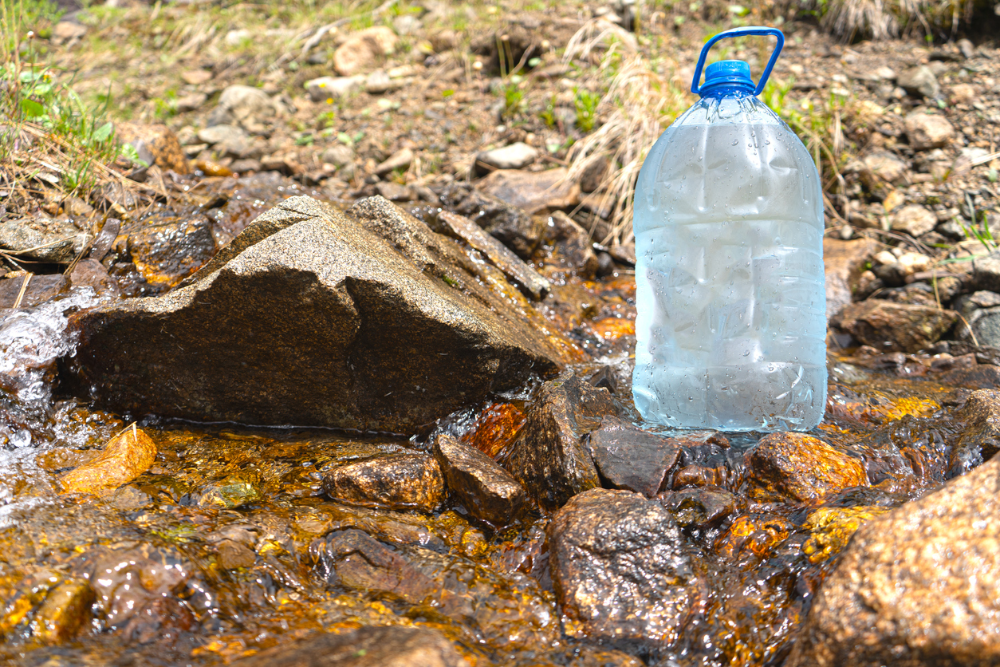
Overlanding Gear for Your Vehicle
Some of the most important items on this list are gear for your vehicle.
Your overlander is your home, and if something goes wrong with it, you’ll find yourself in a bit of a predicament.

- Air Compressor – Flat tires are inevitable on an overlanding journey, and that’s where an air compressor comes in. A compact air compressor can pump your tires back up in seconds to keep the pressure inside at its optimum.
- Extra Fuel – No matter how strict you are with refueling before reaching the red zone, the gas station could be further away than you think. Carrying a jerry can full of fuel can tie you over until you have a chance to refuel.
- Hi-Lift Jack – If something happens to your vehicle and you need to get underneath it to perform repairs, you’ll need a jack. Larger vehicles sometimes struggle with regular jacks, so we recommend purchasing a hi-lift jack to ensure you can lift your van, truck, or car to an adequate height.
- Jump Starter – In wilderness, a dead vehicle battery can be a truly nasty surprise. To fix this problem, you’ll need a jump starter kit.
- Shovel – You can use a shovel to dig out a makeshift toilet, and it may also come in handy if you need to free your tires when they’re stuck in mud, sand, or snow.
- Spare Tires – All vehicles should carry a spare tire, and your overlander is no exception. If your car, truck, or van didn’t come with a spare tire, then it’s a good idea to buy one before heading on your journey.
- Tool Kit – A standard tool kit can be useful in case anything breaks throughout the trip.
Item Storage
Any overlanding trip requires adequate storage solutions to keep your items safe. Overland storage boxes are specifically designed to keep your kit safe and secure while you’re on the road. The best overland gear boxes are durable, portable, and come with a customizable interior.
Safety Gear
Your overlanding journey may take you far from civilization, so you should always be ready to deal with unforeseen situations, like fires, accidents, medical emergencies, and natural disasters. Here are a few essential pieces of safety gear you should consider bringing on your trip:
- Headlamps – Headlamps are useful in a range of different scenarios as they free up your hands and illuminate your surroundings. Sure, they don’t look particularly trendy, but they’re a lifesaver.
- Fire Extinguisher – Gone are the days of heavy fire extinguishers. Now you can purchase aerosol versions that are an excellent addition to your gear. After all, you’ll never know when you may need to put out a fire.
- First Aid Kit – Accidents and medical emergencies happen without warning, so first aid kits are necessary on any trip. You can even get two-in-one survival and medical kits.
Overlanding Gear: Conclusion
As we mentioned before, the list of overlanding gear is endless, and the definition of “necessary” differs from person to person. Your vehicle has limited space, and although we don’t recommend underpacking, we also don’t recommend overpacking.
Before heading out on your journey, run through a list of what you’ll think you’ll need and try and fit it in your vehicle. If you’re stuck for space, it might be time to rethink some items.
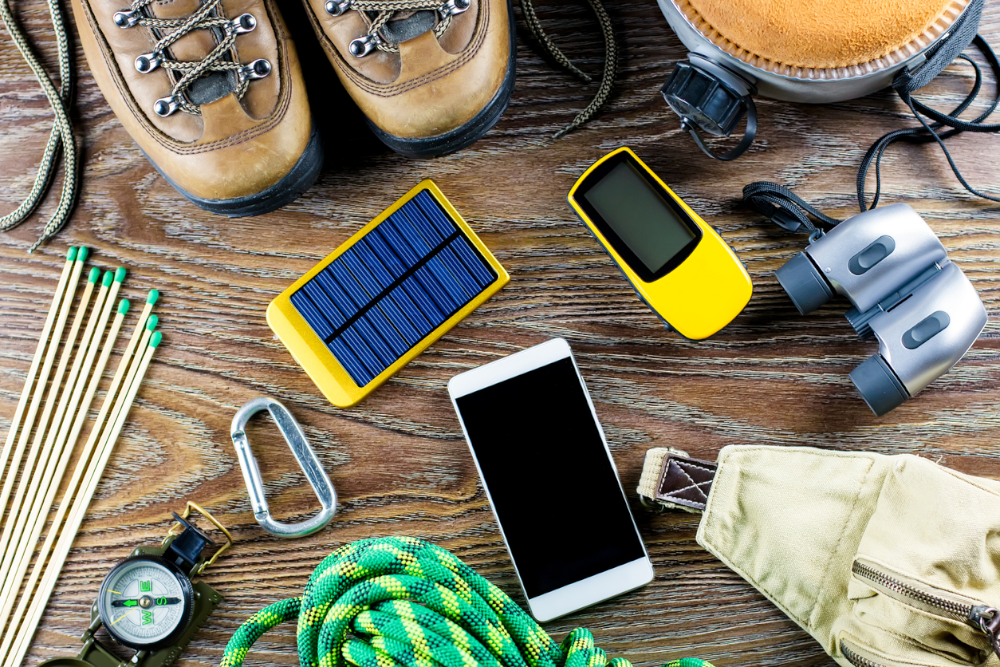
As we wrap up this article, we’re intrigued to know: What are your essential pieces of overlanding gear?
And, has there been an item you think you’d use but never did?
Let us know in the comment section down below.



COMMENTS
Please note that all comments will be checked by our team before being approved.